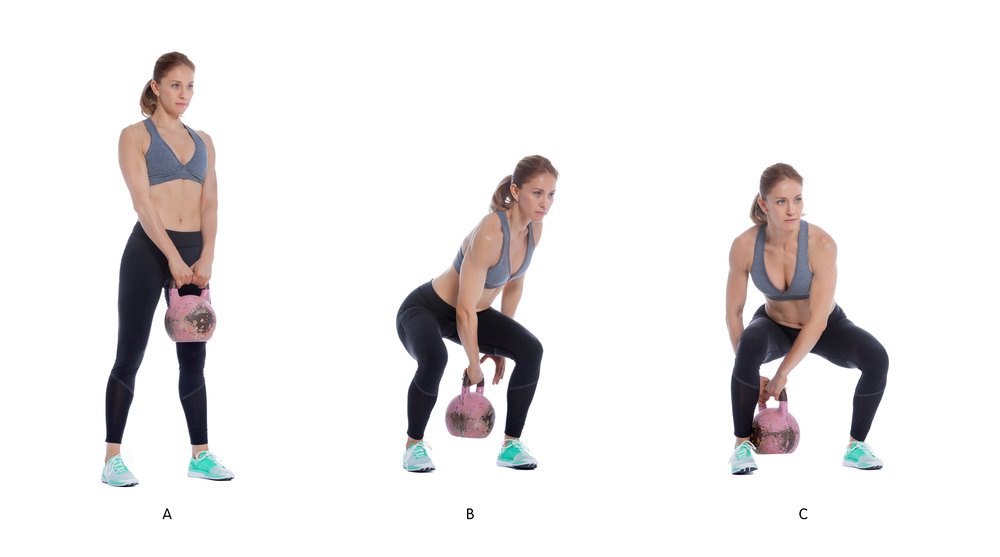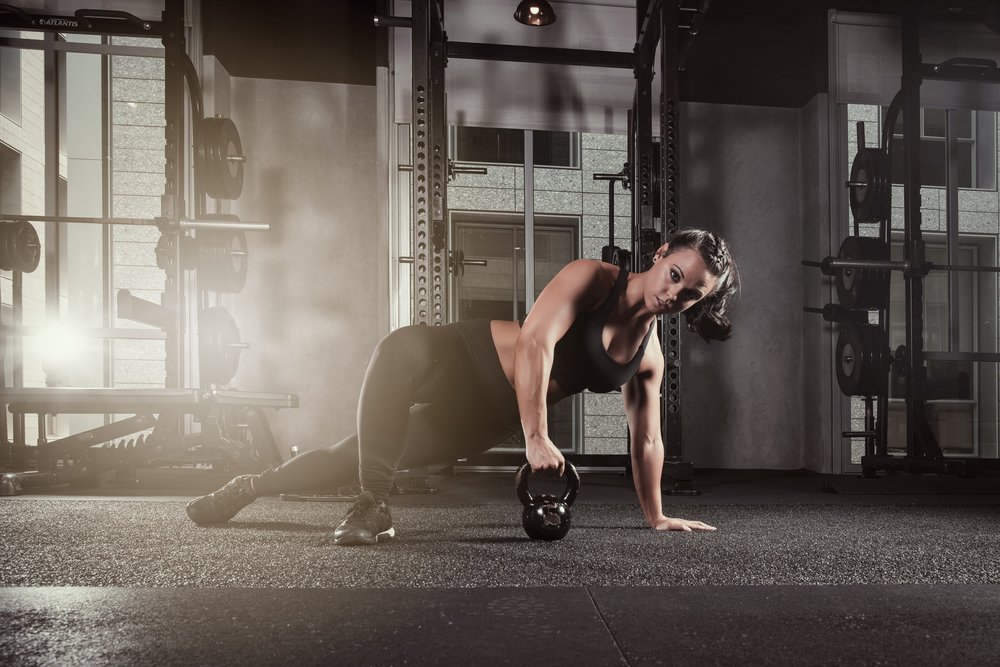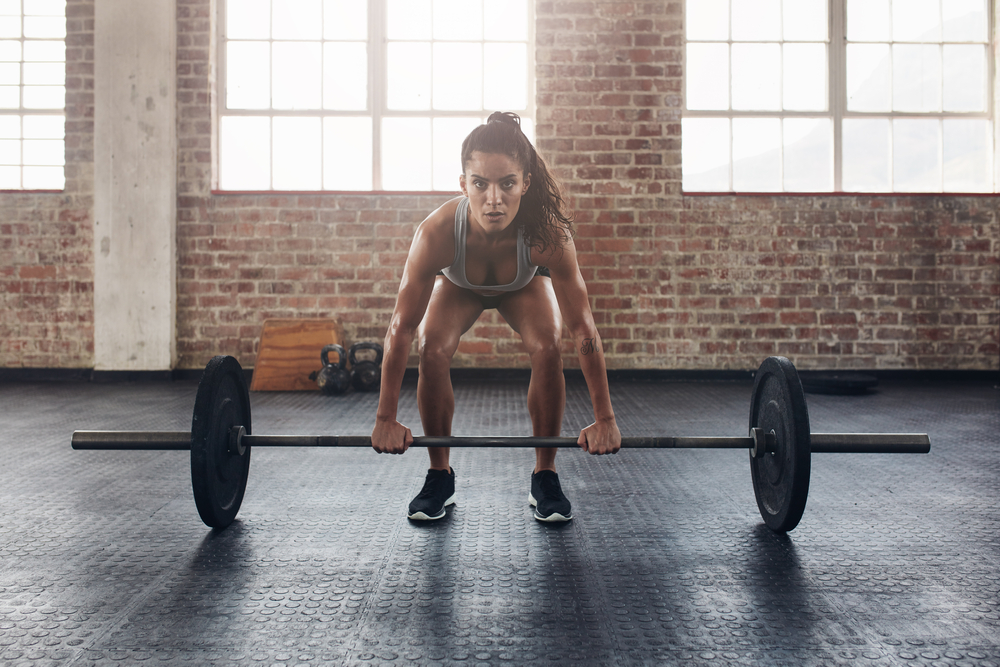Getting fit, ripped and strong is never easy. But it can be simple. That is, if you understand kettlebells and three basic exercises.
Kettlebells aren’t just the go-to equipment for athletes, fighters and their coaches – but for all those who want to improve functional strength.
Functional strength is what makes us feel powerful outside the gym, when doing everyday activities; steering a car, carrying a laptop, pushing a trolley, play fighting, sitting your daughter on your shoulders – whatever.
On top of that power, the appearance of your body is improved by strengthening functionality.
And that’s why today, Kettlebells are synonymous in gyms. A decent cast iron kettlebell will last you a lifetime as well so perfect for a home gym.
But what makes the kettlebell so effective?
Two reasons:
- They’re tough
- And they’re simple
Mark Sisson, former elite endurance athlete and fitness motivator, says that the kettlebell is perhaps the most primal piece of exercise equipment available. He means that it’s a raw object – unpredictable and unforgiving.
So, when you exercise with a chunk of iron like this, you’re relying on both your main muscles and your stabiliser muscles – making for more of a ‘total workout’. And by engaging more of your body this way, you improve that functional strength.
That’s the tough part.
Now for the three simple workouts …
The kettlebell swing
This is my favourite from the list of three. And it’s one of the easier kettlebell workouts to follow.
But get your form wrong on this and you’ll dilute the benefits, or worse – risk an injury.
To start, stand with your feet apart (your toes slightly pointing outwards). And keep them in line with your hips.
Place the bell between them.
Set your shoulders.

Now keep the pressure on your heels, as you inhale and squat down to clutch the kettlebell with both hands.
Avoid looking down at it – you want to be staring straight ahead at all times.
Rise back into a standing position by using your hips and core muscles – this should pipe the momentum into your shoulders and you’ll naturally swing the kettlebell with straight arms.
The ‘top’ of the swing comes when your arms are totally horizontal – parallel to the gym floor.
 — Tip: See the swing as a lower body exercise – not a shoulder workout. If you’re struggling to get those arms nice and straight, then push harder with your legs … don’t pull harder with your shoulders. —
— Tip: See the swing as a lower body exercise – not a shoulder workout. If you’re struggling to get those arms nice and straight, then push harder with your legs … don’t pull harder with your shoulders. —
The kettlebell swing strengthens your lower back, quads (front thigh) and glutes (bum).
Figure of Eight
 The figure of eight reminds me of that skill you might see a basketball player perform, where they dribble the ball on the spot between their own legs.
The figure of eight reminds me of that skill you might see a basketball player perform, where they dribble the ball on the spot between their own legs.
Here’s how it works …
With your legs shoulder-width apart and slightly bent, you can arch forward – keeping your chin parallel to the invisible line between the points of your feet.
Pass the bell from your right hand through the front of your legs, to the back, where your left-hand collects it and brings it back round to the front. Then through. Collect with the right hand behind your right knee. Then back through the front. And so on.
You’re basically drawing a figure of eight between and around your legs.
This is as simple as it gets … but that doesn’t mean it’s easy.
The figure of eight works your shoulders and back.
The Turkish Get Up
 Once you’ve mastered the others, you can move onto something more challenging – like the Turkish GetUp.
Once you’ve mastered the others, you can move onto something more challenging – like the Turkish GetUp.
(For the purpose of this guide, let’s say you’re holding the bell with your right hand first)
Start by laying on your back.
You want your right shoulder blade planted into the floor (not literally).
Your right heel should be tucked into your buttocks, so your right knee is pointing towards the ceiling. And this entire right leg should be slightly pointing away from your body.
Your left leg needs to be straight – flat against the floor.
Grip the handle of the bell in your right hand and keep your arm straight, as if you’ve jabbed towards the ceiling. The ball of the weight should be resting against the back of your forearm.
Your left arm should be flat against the floor.
From this position, you need to prop yourself up on your left elbow (maintaining the straight right jab and keeping your eyes on the bell at all times). Now place your left palm against the floor, maintain your stance and elevate your buttocks until both arms are absolutely straight.
Keeping your right leg in the same position, bend your left under your body and so you can kneel on it.
Lift your left hand from the floor completely and transfer the weight to your kneeling left leg (still keeping that right arm straight up).
Stand and keep your feet apart, the same width as your shoulders.
Then rewind the entire movement until you’re back laying against the floor.
The Turkish Get Up targets your shoulders, arms, legs and core.
Time to get stuck in …
With the exception of maybe #3 in this list, you can build on your functional strength using these exercises today, with no problems at all.
The reason we included the Turkish Get Up here, is so you can test yourself once you feel confident in the swing and figure of eight.
Remember, these kettlebell workouts will strengthen your entire body. And they come in a range of different weights, so you can build up through the kilograms at a pace to suit you.
Embrace them, and you’ll feel much more than ‘the burn’. After just two or three real sessions, you’ll notice the difference when you next swim a length, bowl a strike or even just carry your shopping into the kitchen.
If you have any questions, or if you’d like to add your favourite kettlebell workout to the list, please let me know in the comments.










No Comments yet!